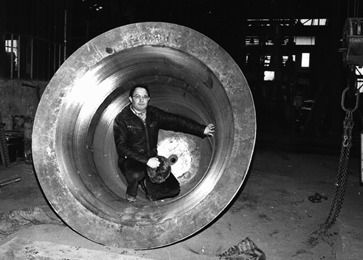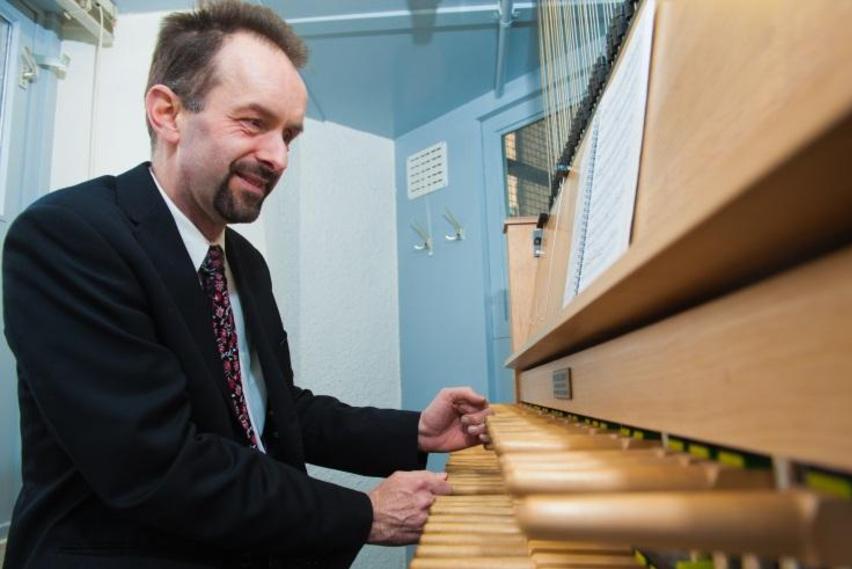our founder: William V. Joy

Although the very first steps of building a carillon in Centralia were taken in 1957, it became reality in 1982 because of the driving force of William V. Joy, a local bell enthusiast and editor and publisher of the Centralia Sentinel. At the time of his death in 1988, Mr. Joy had established a trust fund for the carillon to ensure the upkeep, the continuous employment of a carillonist, and the carillon’s presence in Centralia for the future. The carillon is presently operated by the Centralia Foundation, a community benevolent trust organization, which was the creation of Verne E. Joy, former Editor and Publisher of the Centralia Evening and Sunday Sentinel. In addition, the Centralia Bell Charitable Foundation guides appropriated funds for improvements and upkeep. Both Foundations, besides the above mentioned tasks, are actively working on expanding Carillon Park, in order to enlarge the listening area (the concert hall) of the carillon; one of Mr. Joy’s major concerns at the time of his death.
The Centralia Carillon currently ranks as one of the ten largest in the world, consisting of 65 bells that were cast in Annecy, France, in 1982 and 1983, by the Paccard Fonderie de Cloches. The Bourdon bell, Great Tom (see pictures), pitched G, has a weight of 11,000 pounds and a diameter of 79.5 inches. The smallest bell, pitched C, weighs 20 pounds, with a diameter of 8 inches. The total bell weight is 61,312 pounds making it one of the heaviest instruments in the world. In 1992, a five and a half octave “North American Standard” practice keyboard was installed. This keyboard is now located at the Carillon Offices and is throughout available to the resident Carillonist and guest Carillonists.
In 1997, the Verdin Company installed a “North American Standard” keyboard with the disposition G-A- chromatic to C5 covering five and a half octaves. In 2001, the installation of a newly designed transmission system was completed by Meeks & Watson.

"Great Tom"

Our carillonneur: roy kroezen

Roy Kroezen, who came to Centralia from the Netherlands, has spent 22 years as a musician and organist. Kroezen studied carillon at the Netherlands Carillon School in Amersfoort, as well in Belgium. He holds a masters degree in carillon, organ and choir conducting.
Kroezen was asked when he performs concerts at the carillon:
“I play at this moment four times a week. Wednesday at noon, Thursday night at 7:00, and Friday noon and 7:00. We do the 7pm concerts because of the new lights.”
All concerts are one hour long. In addition to concerts, Kroezen spends time in practice and music arrangement, since all songs performed must be arranged for the carillon.
Kroezen was asked if the instrument is played like a piano:
“You have white keys and black keys actually. The keys are wider apart of course because you play with your fist only. And so the black keys on a piano are higher than the white keys.”
The carillon recently added outside lighting in various colors. Carillon Administrator Mike Schroeder noted that the lighting was installed by the same company which installed the lighting at the Empire State Building in New York City, New York.
The carillon is considered the sixth largest in the United States, which has about 180 carillons. According to Kroezen, there are 500 to 600 carillons in the world.
Kroezen, who worked as an organist and Carillonneur in the Netherlands for 22 years, adding that he is “Very happy to be here now”.